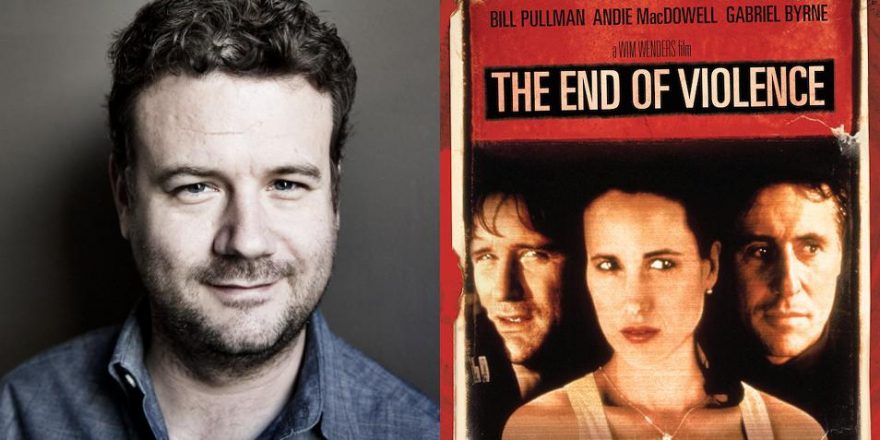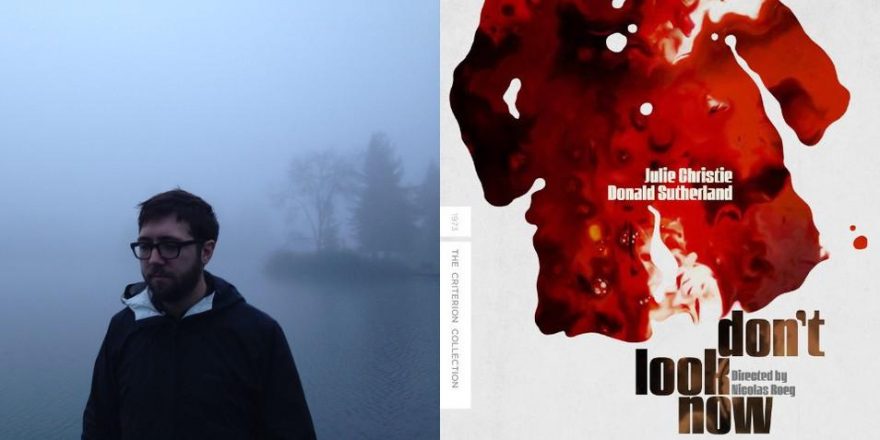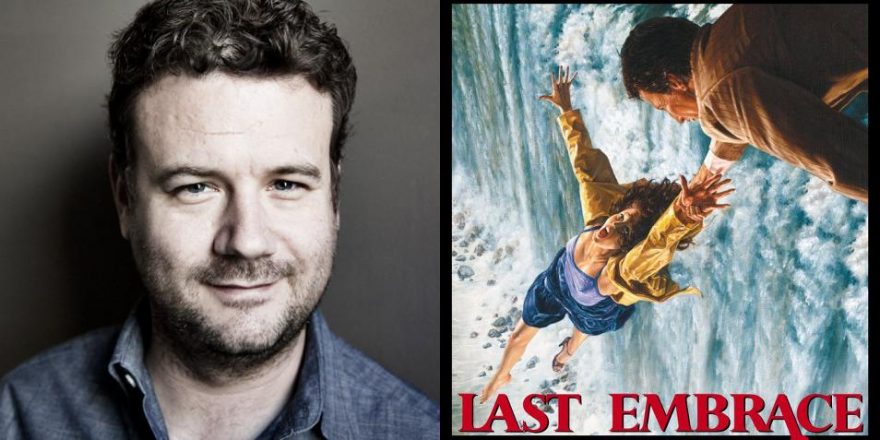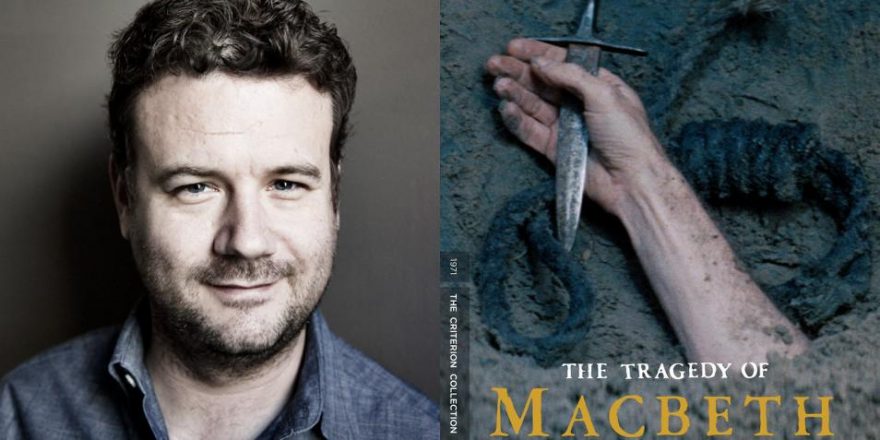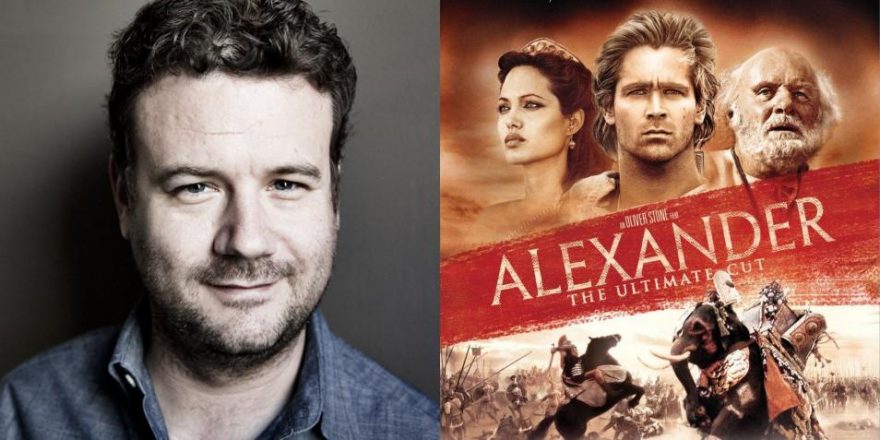The day after this year’s Oscars, my Twitter feed was flooded with the usual arguments over what was unfairly ignored and what was unjustly rewarded, with a degree of outrage that I found to be almost as touching as it was ridiculous — there are still people who think the Academy Awards mean something? All of the yammering eventually gave way to a few sensible voices pointing out the obvious, that the only critic that really means anything is time. As Eli Roth once pointed out, The Shining wasn’t nominated for a single Golden Globe or Oscar, though Kubrick was nominated for a Razzie for Worst Director. By coincidence, I picked up the new Blu-ray of Wim Wenders’ 1997 film The End of Violence the week after the Oscars. Reconsidering the movie for the first time since its initial release, I was struck by how much relevance it had to this notion of time being the ultimate arbiter. Both the content of the movie itself (which is so prescient as to make the case for Wenders as a genuine psychic) and the disparity between its lukewarm critical response and its abundant virtues serve as a kind of final word on what’s really important in movies, and what makes a truly great filmmaker.
That Wenders is a great director is an argument that presumably doesn’t need to be made, though this particular film was not one of his critical or commercial high points. Gene Siskel was one of the few major reviewers to champion The End of Violence when it was released; he put it on his top 10 list for the year, but just about everyone else dismissed the movie as unfocused at best and unbearably pretentious at worst. Audiences, at least here in the U.S., were even less enthused — the movie reportedly only cost around $5 million to make (astonishing, considering its scale and ambition), but it didn’t even gross a tenth of that at the American box office. All of this should, in a perverse way, serve as consolation to any filmmaker who makes a movie that disappears without a trace on its initial release — if viewers were too myopic to appreciate Wenders’ masterpiece, what hope is there for any of us?
Now, while I have been wrong many times when it comes to my feelings about movies on first viewing — in 2006 I put The Holiday above Letters From Iwo Jima on my top 10 list, no joke — I’m proud to say that I was on board with The End of Violence right from the start. When I saw it in 1997, I couldn’t believe how ignored it was — somehow the fact that people simply didn’t care about it was even worse than if they had hated it. I actually loved The End of Violence so much that I never revisited it, because I was afraid it could never have the impact of that first viewing again. Secretly, I also feared that maybe all the people who thought I was crazy for championing it were right; I do, as regular readers of this site may have noticed, have a contrarian streak in me. Was my adoration for The End of Violence out of proportion to the movie’s actual quality, simply because I was overcompensating for how underrated it was? Discovering that the good folks over at Olive Films had rescued the movie from obscurity to release it on Blu-ray gave me a welcome opportunity to reacquaint myself with it and test my memory’s reliability, and if anything I realize I may have underrated The End of Violence myself. When I first saw the movie, it seemed like science fiction; I had no idea that Wenders was both summing up the state of Hollywood (and, by extension, America as a whole) at the time, and seeing into the future. What felt stylized and self-conscious in 1997 now plays like a virtual documentary in some ways, and a perfectly preserved message in a bottle in others.
The End of Violence consists of a series of interconnected stories focusing on people in Hollywood whose lives have, in one way or another, been exposed to violence. The ostensible lead is Bill Pullman as Mike Max, a Joel Silver/Jerry Bruckheimer-esque producer of bombastic action flicks whose life seems to consist primarily of filing and avoiding lawsuits. When he is kidnapped and nearly murdered, the story spiderwebs out in multiple directions to follow a homicide detective who is also a hopeless romantic (Loren Dean); Max’s long-ignored and newly empowered wife (Andie MacDowell); and a stuntwoman/actress (Traci Lind) who had an accident on Max’s latest film, the appropriately and bluntly titled Violence. All of these characters are typically disconnected Wenders protagonists, wandering blindly through a landscape that’s simultaneously seductive and forbidding, and both the literal and thematic links between them are elusive at first.
What pulls everything together is the character of ex-NASA scientist Ray Bering (Gabriel Byrne), who works alone in an enormous room covered in surveillance monitors. These monitors are part of a top-secret government project designed to keep tabs on the entire city, ostensibly for the citizens’ own good. While Bering’s boss thinks (or professes to think) that such surveillance could lead to the kind of peace promised by the movie’s title, Bering isn’t so sure — and his doubts have consequences for many of the other characters in the film. They also feel even more relevant today than they did in 1997; watching The End of Violence today, it’s impossible not to think of Edward Snowden and the NSA, and the debates over the line between our civil liberties and our need for protection. One of the many amazing things about the film is that Wenders and screenwriter Nicholas Klein had it all figured out almost 20 years ago — they saw where we were going, they knew the pitfalls, and they explicated them clearly via one of the greatest forms of mass media ever created. The only problem was that no one was listening.
Of course, many films see forward to the future in ways their creators may or may not have intended, and yield a sort of chilling frisson in the viewer as a result; Elia Kazan’s A Face in the Crowd comes to mind, or Sidney Lumet’s Network. What’s interesting about The End of Violence is that it speaks to today more forcefully than any recent release I can think of, yet it also serves as a fascinating time capsule — there’s no way it could have been made any time other than the late 1990s. Wenders’ musings about the corrosive role of violence in the media feel almost quaint now, and the Hollywood he depicts has transformed considerably. Say what you will about the films of Joel Silver — a producer so maligned in the popular culture of the time that no one thought it was weird for two major filmmakers (Wenders here and Lawrence Kasdan in Grand Canyon) to inflict graphic violence upon characters based on him — but how many of today’s big-budget studio franchise films have the idiosyncrasies or outrageous pleasures of his best (or even worst) films? Every time I endure another sanitized, pre-fab PG-13 comic-book movie, I find myself looking back more and more longingly at The Last Boy Scout and The Adventures of Ford Fairlane.
But I digress — not that Wenders would disapprove, since his is a cinema of digressions and exploration. The End of Violence is no exception to this rule, but its seemingly disparate strands have an internal logic that emerges from the sheer intensity and integrity of Wenders’ vision, and his inability to reconcile the repulsion and attraction he feels toward America in general, and Hollywood in particular. The political and legal issues raised by the surveillance system Bering oversees open avenues of inquiry into moral and ethical issues connected to Max, and the detective, and even the musician working on Violence who ends up moving in with Max’s wife. Everyone in the movie is both exploiter and exploited, a condition Wenders seems to see as an inevitable result of a consumerist, capitalist society. Yet who loves that society more than Wenders, a director who shoots billboard advertisements with the same reverence one might pay to the ceiling of the Sistine Chapel, and who finds nothing but beauty in every neon sign he aims his camera at?
Keeping this in mind, perhaps the most significant creative choice that Wenders makes in the film is casting his old friend Sam Fuller as Byrne’s aging father, for Fuller’s best work exhibits the same ambivalence and lack of resolution embodied in Wenders’ films — his presence here is a sign that we’re not supposed to accept or expect one clear “message” about the culture Wenders is dissecting. Fuller’s war films achieved remarkable effects thanks to their director’s passionate, muscular style colliding with his own contradictions as a veteran whose awareness of war’s horrors was unresolvable with his filmmaker’s tendency toward glorification and kinetic entertainment. Wenders exhibits a similar predisposition; few directors have as clear and precise a style, yet the clarity of the style gives way to increasingly layered and multi-faceted perspectives. Perhaps it’s this very refusal to come down on any one side of an issue that frustrated some viewers in 1997 — like Renoir, Wenders knows that everyone has his or her reasons, and he’s not a moralist who’s going to make it easy for you to decide whether those reasons are justified or not. Whatever the reasons for its initial rejection, The End of Violence now stands as a significant landmark in both its director’s career, and world cinema in general — will we be able to say the same about any of this year’s Oscar winners 18 years from now? Only time will tell.


